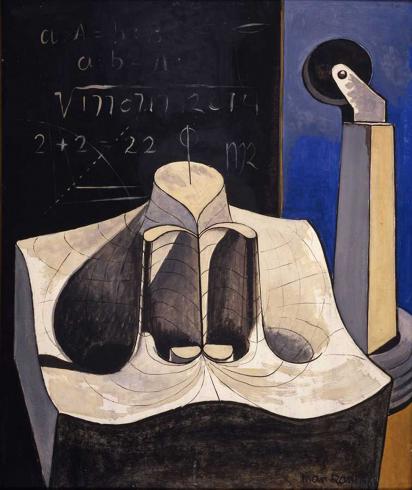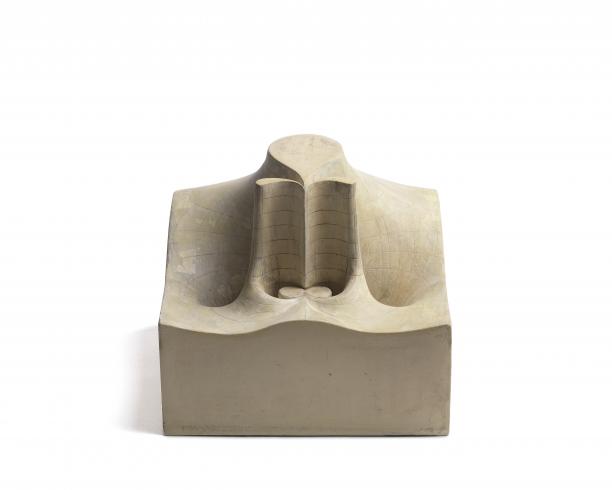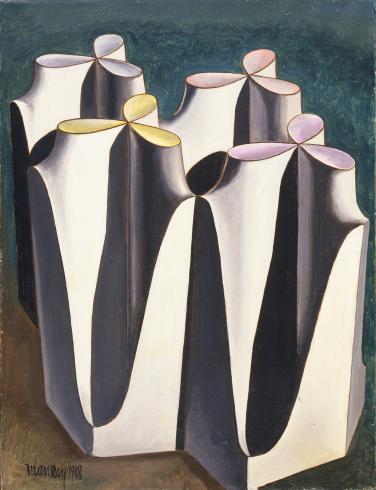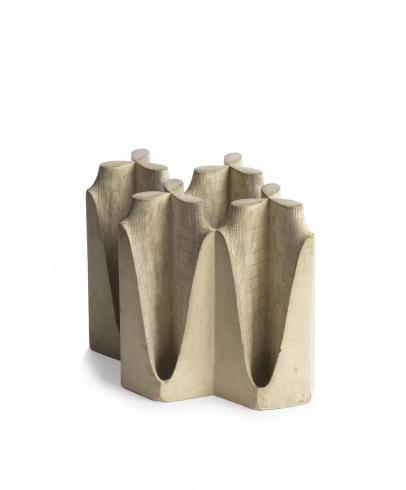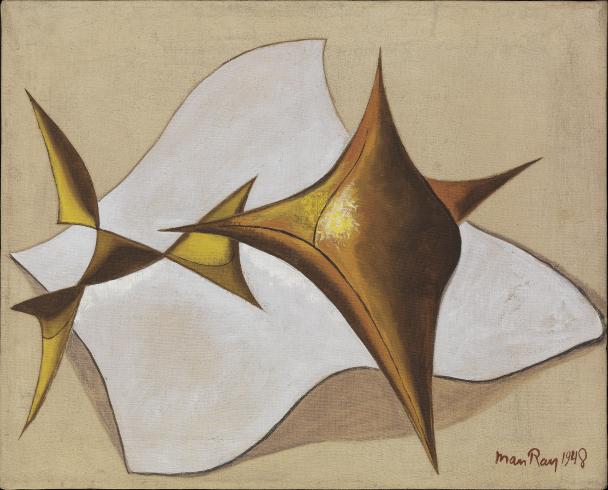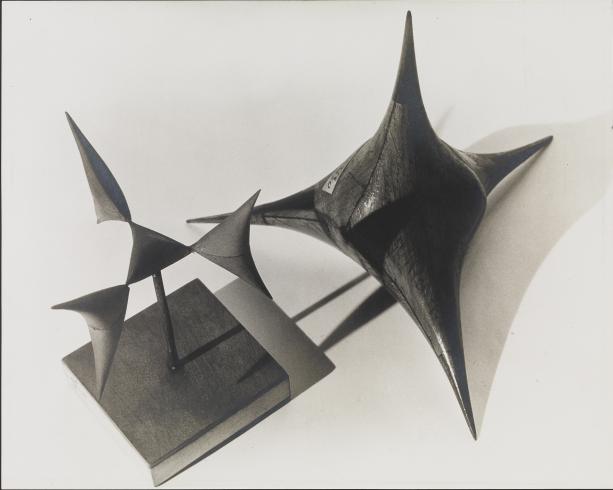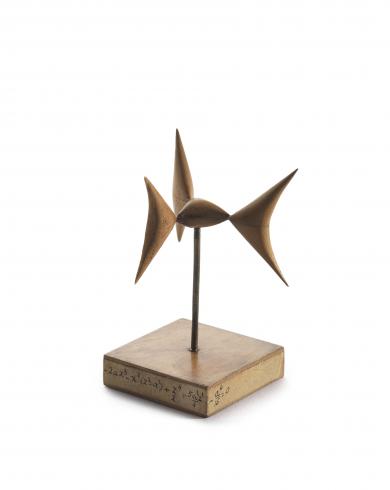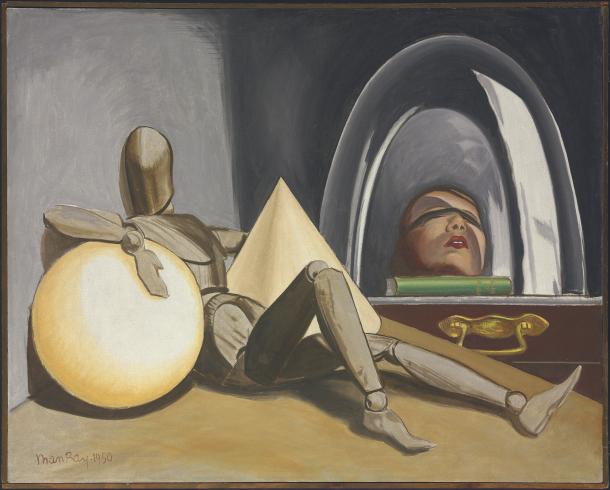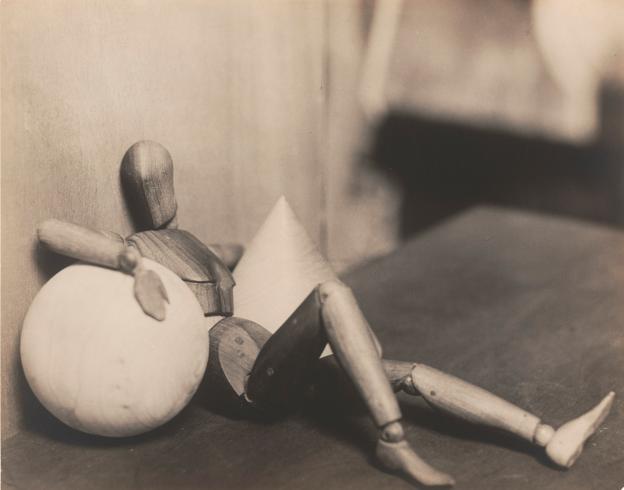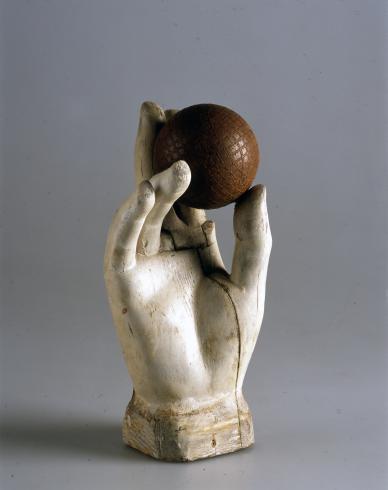Man Ray–Human Equations
A Journey from Mathematics to Shakespeare
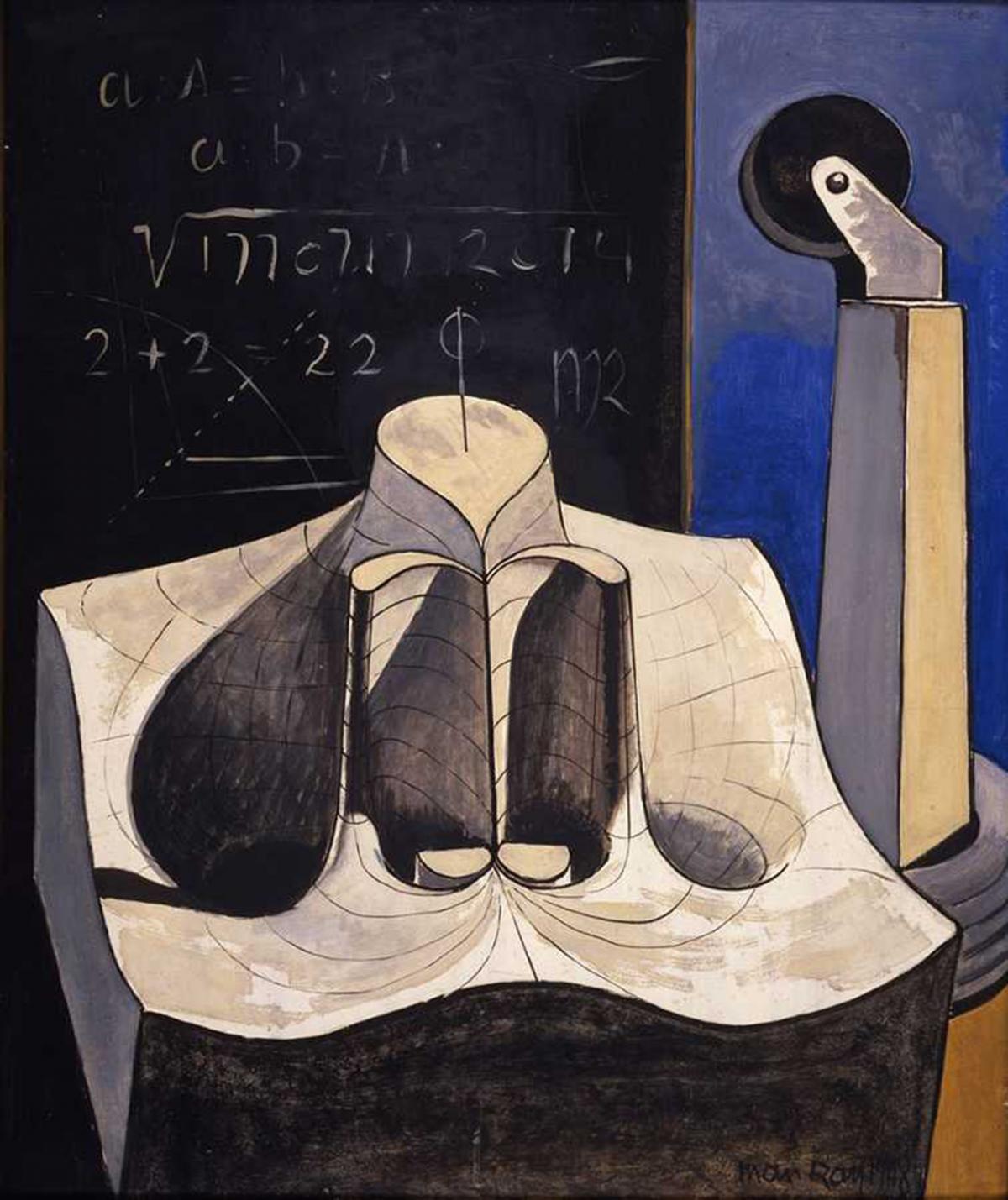
Man Ray–Human Equations: A Journey from Mathematics to Shakespeare explores the intersection of art and science that defined a significant component of modern art at the beginning of the 20th century.
Working in Hollywood in the late 1940s, Man Ray (American, 1890–1976) created the Shakespearean Equations, a series of paintings that he considered to be the apogee of his creative vision. Drawing on photographs of 19th-century mathematical models he made in the 1930s, the series was a culmination of 15 years of exploration of the theme in a variety of mediums. Man Ray–Human Equations displays side-by-side for the first time the original plaster, wood, papier-mâché, and string models from the Institut Henri Poincaré in Paris, Man Ray’s inventive photographs of these unusual forms, and the Shakespearean Equations paintings they inspired. Placed in context with his other paintings, photographs, and objects, these works illustrate the artist’s proclivity to create art that objectifies the body and humanizes the object, transforming everyday materials into novel forms of creative expression.
The exhibition’s diverse works—including 70 photographs, 25 paintings, eight assemblages or modified “readymades” by Man Ray and 25 original mathematical models—juxtapose the artist’s Surrealist-inspired photographs of mathematical models and the associated Shakespearean Equations within the larger context of the role of the object in the artist’s work. His other canvases, photographs, and objects—some celebrated and others little-known—link his wider artistic practice with the Shakespearean Equations project and casting these accompanying works in a new light.

Mathematical Models
Explore mathematical models at our in-gallery station. Take photographs of the models and get creative with angles and lighting. See your photographs and others posted to @instamanray2015.
Mathematical models created by Jonathan Chertok (Universal Joint)
Exhibition Support
The exhibition and its international tour are supported by the Terra Foundation for American Art.
Generous support provided by Dr. and Mrs. Ronald A. Paul and the Harris Family Foundation
Proudly sponsored by Lockheed Martin
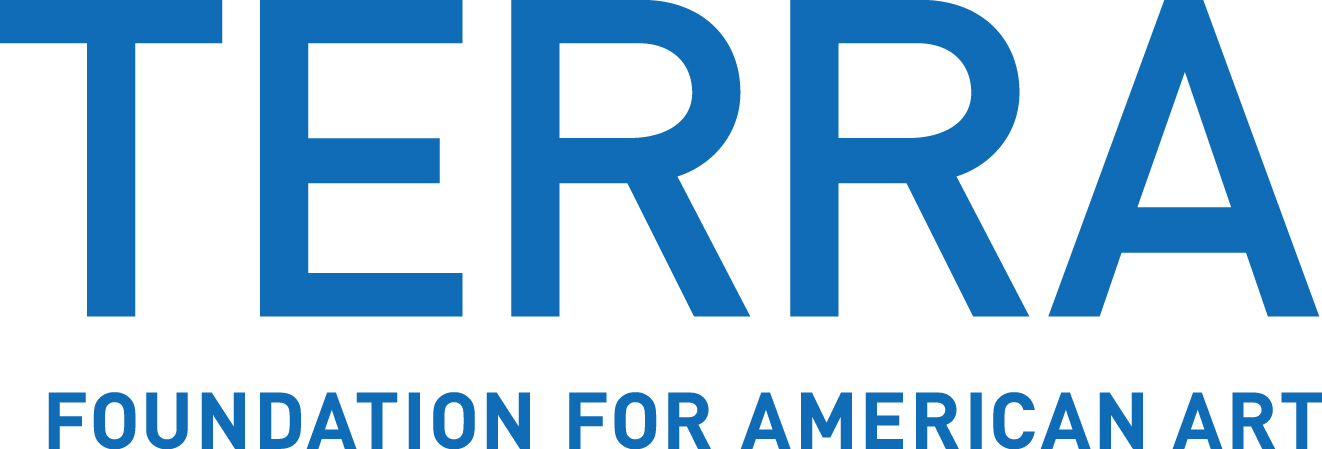

Additional support provided by the Alfred P. Sloan Foundation, the National Endowment for the Arts, and the MARPAT Foundation, Inc.

Brought to you by the Exhibition Committee for Man Ray—Human Equations: Florence Fasanelli, Dr. Mark Green, Eric Richter, and Toni A. Ritzenberg
Additional in-kind support provided by

Media Sponsor

From Object to Painting
Born Emmanuel Radnitzky into a Russian Jewish immigrant family in Philadelphia and raised in Brooklyn, the young artist was reborn as Man Ray when his family changed their name. Throughout his career, the artist perpetually experimented both across and within mediums to explore the world of science and his own imagination, crafting a modern cosmopolitan image and mysterious artistic persona he diligently strove to project.
In 1934, Man Ray, already an established leader of the Dada and Surrealist movements, visited the Institut Henri Poincaré in Paris to see a collection of three-dimensional mathematical models, made in the late 19th and early 20th centuries to illustrate geometrical properties for the investigation and teaching of algebraic equations. He photographed the models in preparation for an issue of Cahiers d’Art devoted to the “Crisis of the Object.” In so doing, he transformed their appearance through innovative lighting and composition, highlighting forms that would be intriguing, dramatic, suggestive, and disturbing to the observer. His photographs exploited the viewer’s propensity to seek out readily recognizable human forms, emphasizing anatomical associations.
Man Ray’s photographs captivated his Surrealist colleagues and art historians and contributed to the debate regarding the importance of objects, a theme that was becoming increasingly integral to developments in Surrealism. In 1936, 12 photographs were illustrated in Cahiers d’Art and his original photographs were displayed in major Surrealist exhibitions, including the International Surrealist Exhibition in London and Fantastic Art, Dada, Surrealism at The Museum of Modern Art, New York.
In 1937, Man Ray abandoned photography as his major artistic and commercial endeavor, renewing his interest in painting. At the start of World War II, Man Ray fled France and returned to the United States, eventually settling in Hollywood in late 1940. Having been forced to leave the majority of his work behind, he set about repainting some of his most emblematic Surrealist paintings of the late 1930s. Even without his photographs of the mathematical objects in his possession, the influence of geometry and mathematics remained prominent in Man Ray’s work.
During a brief trip to France in 1947, Man Ray retrieved much of his pre-war artistic output and shipped many works back to the United States. These included his photographs of the mathematical models that would inspire the ambitious series of paintings. Man Ray assigned the title of a celebrated Shakesperean play to each canvas and named the series of 23 painting Shakespearean Equations. Man Ray considered this series his “final realization of the mathematical equations.”
